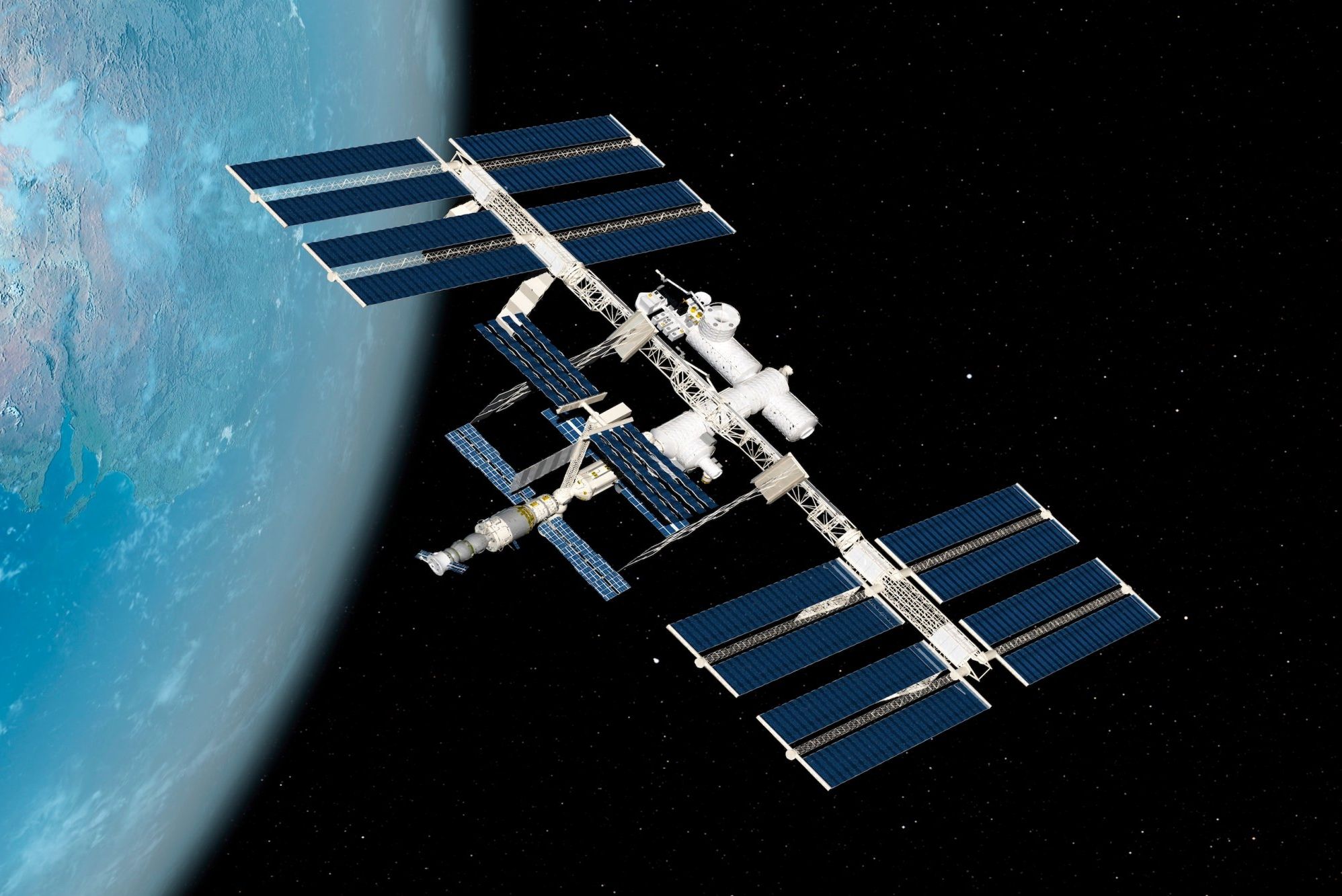


NASA programs were funded for FY2008 in Division B of the Consolidated Appropriations Act (P.L. Meanwhile NASA has begun development of a new crew launch vehicle, named Ares, and a crew exploration vehicle, named Orion. Shuttle flights have continued and completion of the space station is scheduled before the shuttle is retired in 2010. The President said the United States would fulfill its commitments to its space station partners, and the shuttle Discovery made the first post-Columbia flight to the ISS in July 2006. Included in this “Vision for Space Exploration” is a plan to retire the space shuttle in 2010. President Bush, prompted in part by the Columbia tragedy, made a major space policy address on January 14, 2004, directing NASA to focus its activities on returning humans to the Moon and someday sending them to Mars. A Soyuz is always attached to the station as a lifeboat in case of an emergency. Russian Soyuz spacecraft are also used to take crews to and from ISS, and Russian Progress spacecraft deliver cargo, but cannot return anything to Earth, since they are not designed to survive reentry into the Earth’s atmosphere. Space Shuttle, which first flew in April 1981, has been the major vehicle taking crews and cargo back and forth to ISS, but the shuttle system has encountered difficulties since the Columbia disaster in 2003. Crews have occupied ISS on a 4-6 month rotating basis since November 2000. Meals are very slow because food can’t be allowed to escape from its tray.The International Space Station (ISS) program began in 1993, with Russia joining the United States, Europe, Japan, and Canada. Their meals constitute canned and dehydrated food items. The people living in the station eat three meals a day.

The crew members have internet access which they use for entertainment and communication purposes. This is the only way to prevent the loss of muscle and bone mass. The crew of the International Space Station spends two hours a day working out.

If you are standing in the right place when the pressure between the station and a docking craft is equalised, you will catch a ‘metallic-ionised’ odour in the air. Space… Smells?Īccording to some astronauts, space has a smell. Of course, the urine is filtered and treated appropriately to make it safe for human consumption. The ISS takes urine from the crew and lab animals and funnels it back into the water supply.
THE INTERNATIONAL SPACE STATION MOD
There’s all mod cons up in Space.Įven though they live an isolated life, the astronauts on the ISS enjoy a number of modern amenities, including a gymnasium and two bathrooms. Besides exploring the possibility of future space travel, scientists from a wide range of fields also study the effect of microgravity on the human body, not to mention dark matter and other important matters. It was designed to conduct space-related research. Somewhat larger than a 6-bedroom house in terms of livable space, the ISS is also the most expensive object mankind has ever made, costing more than $120 billion. In fact, it’s a record-breaker on Earth!Īt 460 tons, it is the biggest and heaviest object ever made. With a length of 109 meters and a pressured volume of 32,300 cubic feet, the ISS is the largest manned object mankind kind has ever put into space.ħ. At that speed, it would make a round trip to the Moon in a day. The International Space Station is moving at a speed of 5 miles per second. Depending on the time of day or night, you can see it with the naked eye. You can sign up for a service that allows NASA to send you a text whenever the station is flying over your location. The ISS is the third brightest object in the sky (the brightest are the Moon and Venus). NASA and its partners used seven different types of vehicles to get the relevant components to space. It took 136 space flights to complete the International Space Station. Sixteen countries participated in the construction of the station, not just the USA and Russia but also Canada, France, Spain, the UK, and Belgium, to mention but a few. NASA followed two weeks later with ‘Unity’. The first modules of the station were launched by the Russians and the Americans. The International Space Station started in 1998. Here are 21 fun facts about the International Space Station: 1. Floating 240 miles above Earth, the International Space Station is a technological marvel – the greatest undertaking in human history – a project that only succeeded because of the cooperative efforts of over a dozen nations.


 0 kommentar(er)
0 kommentar(er)
